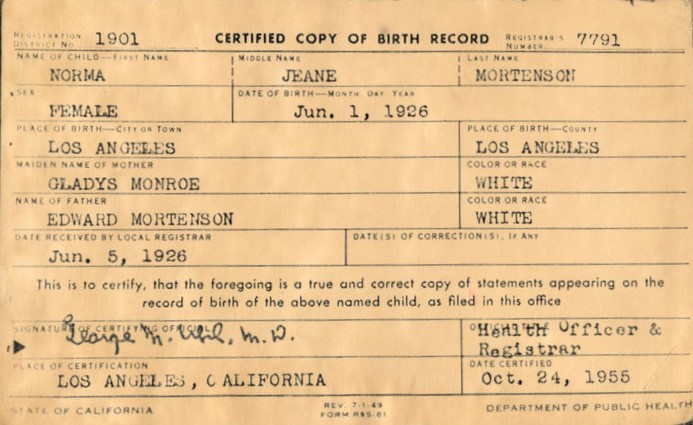
You may be surprised, shocked, or even just bored with your ethnicity report. Now what do you do? How do you do it without hiring an expert and spending a small fortune? There are a lot of really great resources on the internet to start with. Put the kids (or grandkids) to bed, grab a pen and some paper and prepare to learn! After seeing their results, some of the first questions people have are “How come my results aren’t what I expected?” Or, “What does it mean?” Another question a different group of people have is “Why are my results so different from my brother/sister/cousin…?” A long time ago (well it feels like a long time ago…) someone shared this link with me: Shouldn’t my sister and I have the same genetics? We have the same parents. It was answered in an amazingly clear way by the Tech Museum of Innovation in their Understanding Genetics section. The answer comes in the form of a comparison to the probability of picking colored beads and how those might be sequenced to create different combinations of genetics. It ends with the conclusion by Dr. Barry Starr of Stanford at the Tech that states “DNA ancestry can be very different from cultural ancestry.” A very important and valid point to remember.
The first places I recommend taking your newly minted (or old and bendy) DNA results are Ancestry, GedMatch, and FamilyTreeDNA. You may have tested at Ancestry, or Family Tree DNA or maybe even some other company, but these three offer free and low cost services for autosomal DNA matching and analyzing in their databases. There may be others as well. Most people are familiar with Ancestry, and many have explored the testing options at FamilyTreeDNA but GedMatch is often unfamiliar. While it’s definitely beneficial to upload your results to GedMatch, the site itself is extremely scientific and likely to be confusing to a genealogy genetics newbie. So, to counter that newbie feeling, one of my all-time favorite resources on the internet is YouTube. It’s like the DIY library of the internet. The Young & Savvy Genealogist Channel has some wonderful tutorials on genetic genealogy. They begin with the basic terminology and move into more advanced topics like X DNA and Cousin Databases. You can find their channel here ➔ Young & Savvy Genealogists After you have explored all the free resources I have offered in this article, don’t forget to look for more.
The major genealogy sites mentioned previously all have their own tutorials and how-tos and there are plenty more YouTube videos to explore. Also, don’t underestimate the power of social networks. There are groups, some better than others, on sites like FaceBook and Cyndi’s List that can provide help beyond what you can learn from static pages and videos online. The science of genetics is still so new that what we know is changing daily, be sure to keep up with the latest research tips and routinely check your results for new matches. I hope you enjoyed this brief article, and I hope you never stop learning and exploring new techniques for exploring your family history.
Learning to utilize your DNA test results can be overwhelming, that's why we have created a comprehensive course to help you understand and apply genetic genealogy to your research. Read more about our DNA Academy course here.




